Optimal Timing for Garden Trellis Installation
Understanding the optimal timing for garden trellis installations can enhance durability and plant growth. The ideal period depends on climate, plant type, and soil conditions, with spring and early fall often being favorable times for installation activities.
Spring offers moderate temperatures and increased daylight, promoting healthy plant establishment and growth after trellis installation.
Fall installations allow plants to settle before winter, with cooler weather reducing stress on new structures and plants.
Extreme heat in summer or freezing conditions in winter can hinder installation processes and affect plant health. Timing should consider local weather patterns.
Installing during the active growth phase of plants ensures quicker adaptation and better support for climbing plants.
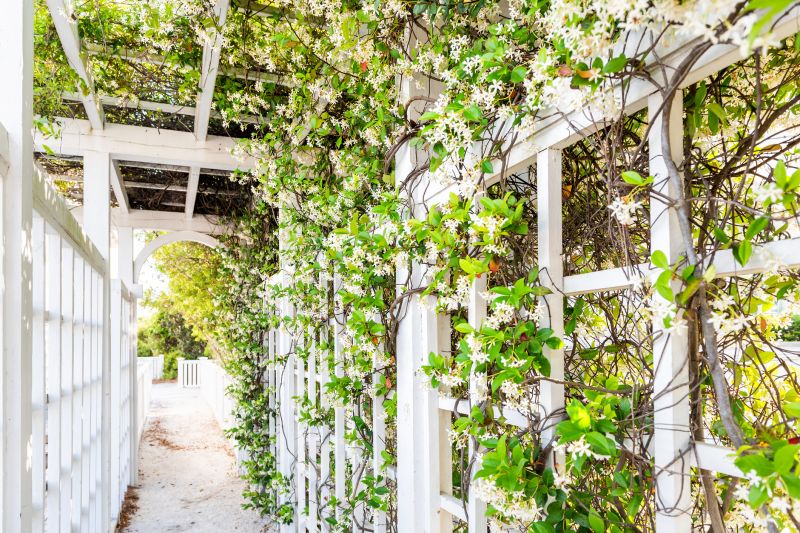
Image depicting installation during spring with blooming plants.

Image showing trellis installation in early fall with mature foliage.
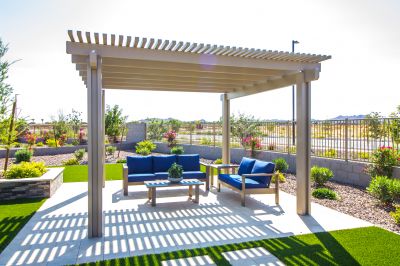
Image illustrating suitable weather for installation activities.
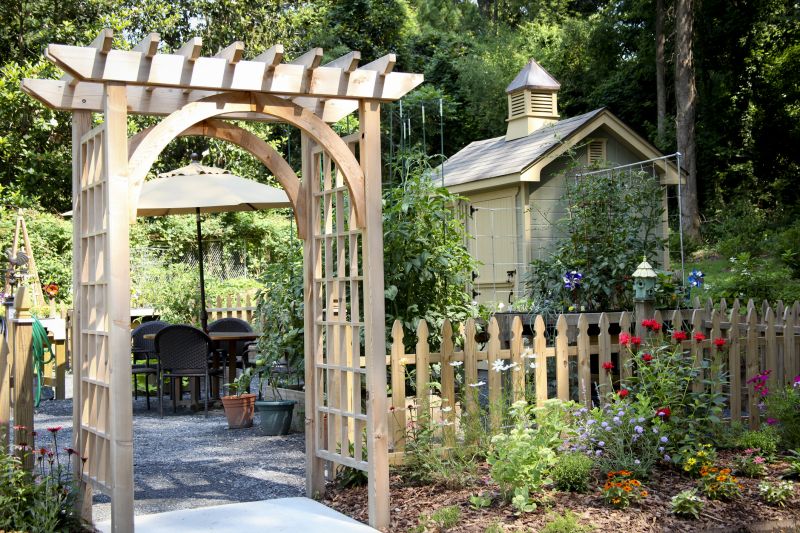
Ways to make Garden Trellis Installations work in tight or awkward layouts.
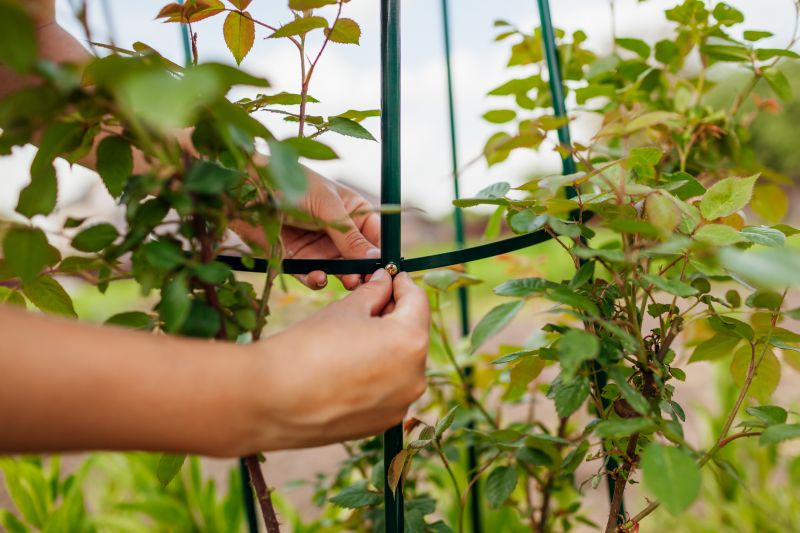
Popular materials for Garden Trellis Installations and why they hold up over time.
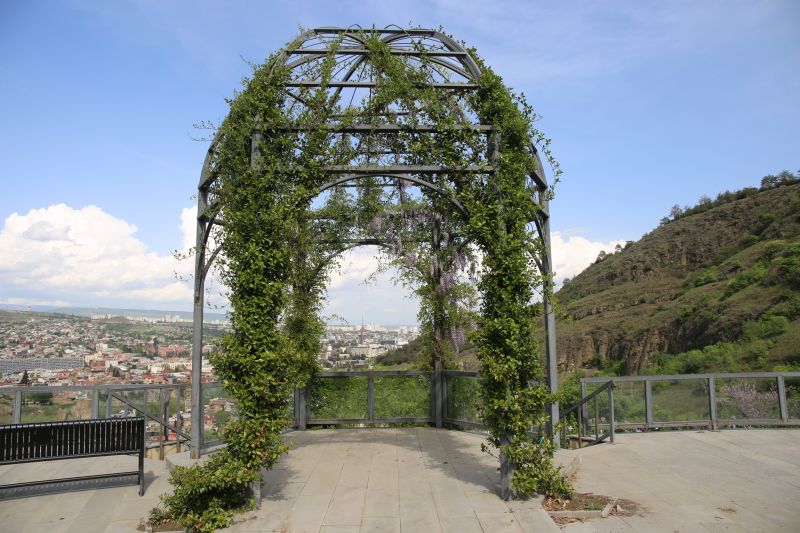
Simple add-ons that improve Garden Trellis Installations without blowing the budget.
Garden trellis installations are a valuable addition to outdoor spaces, providing support for climbing plants, enhancing aesthetic appeal, and increasing privacy. Proper timing ensures that the structures are durable and that plants can establish effectively. Seasonal considerations, such as soil moisture levels and temperature, influence the success of installation projects. Installing during periods of moderate weather minimizes stress on plants and reduces the risk of structural damage caused by extreme conditions.
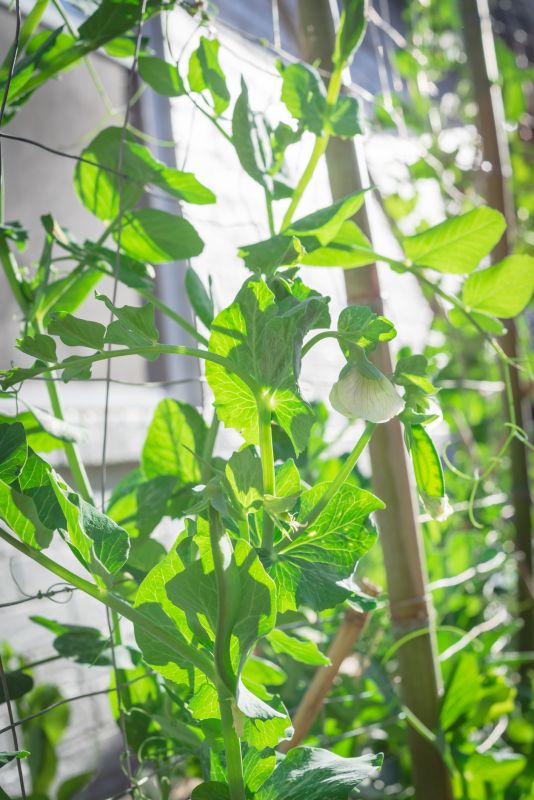
Image showing healthy climbing plants supported by trellises.
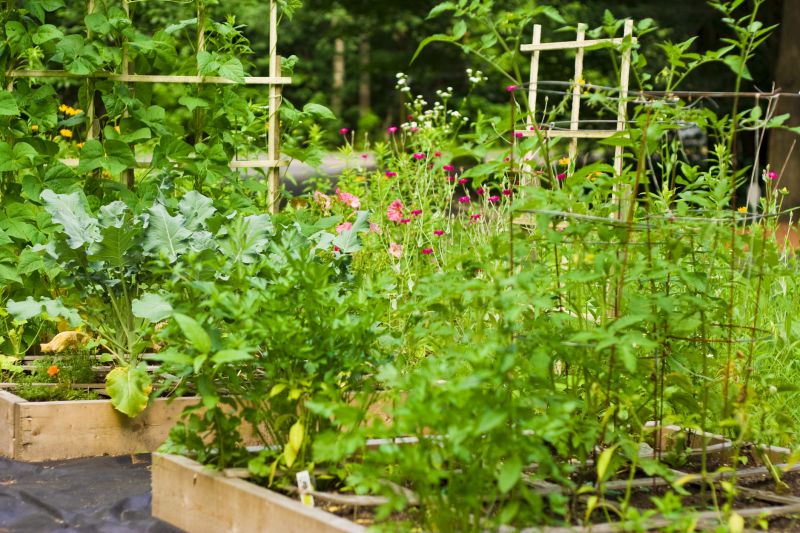
Image of a decorative trellis integrated into landscape design.

Image of a trellis with flowering vines.

Close-up of sturdy trellis materials suitable for various seasons.
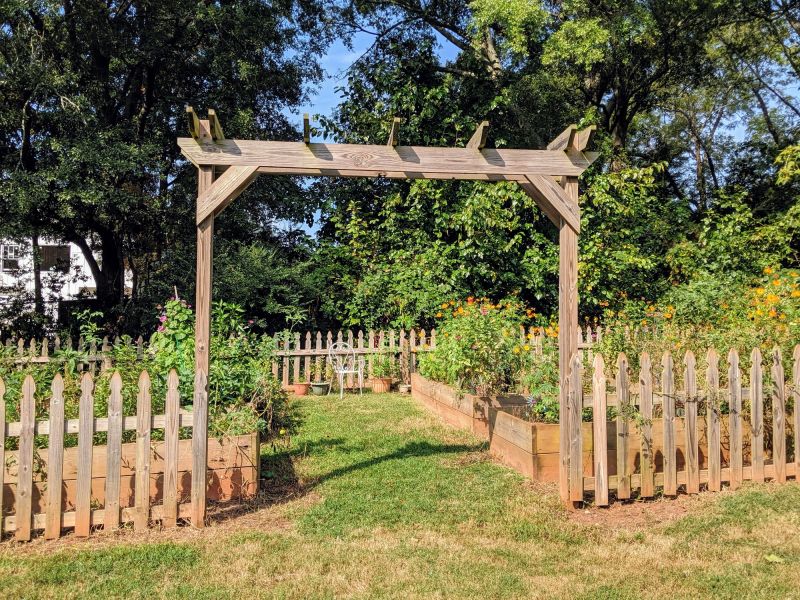
High-end options that actually feel worth it for Garden Trellis Installations.
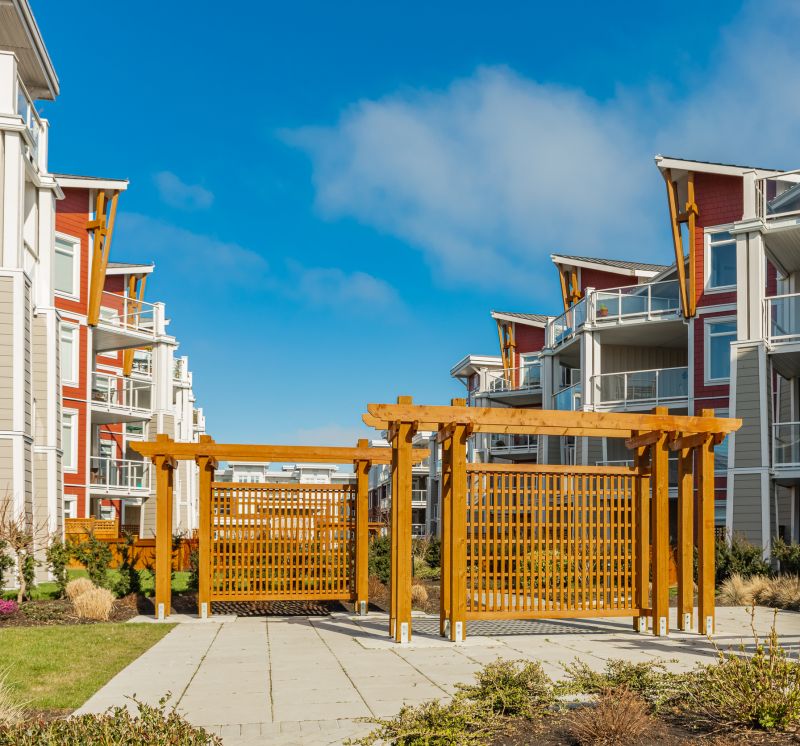
Finishes and colors that play nicely with Garden Trellis Installations.

Little measurements that prevent headaches on Garden Trellis Installations day.
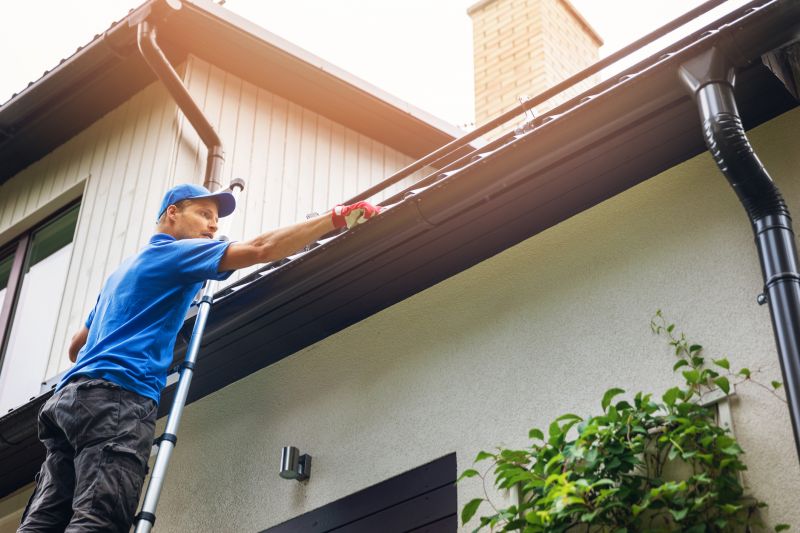
A 60-second routine that keeps Garden Trellis Installations looking new.
| Season | Ideal Conditions |
|---|---|
| Spring | Moderate temperatures, increased daylight, plants in active growth |
| Summer | High temperatures, potential drought stress, less ideal |
| Fall | Cooler weather, plants settling before winter, soil workable |
| Winter | Frozen ground, harsh weather, not recommended for installation |
| Late Winter | Preparation phase, suitable for planning and minor setups |
Selecting the appropriate time for garden trellis installations can impact their longevity and the health of supporting plants. Proper planning around seasonal weather patterns ensures structural stability and optimal plant growth. Consulting local climate data can assist in determining the best window for installation projects.

Image of a garden with newly installed trellis in spring.

Image of a garden with trellis installation during fall.
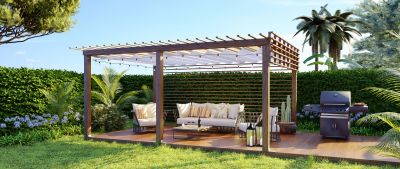
Image showing trellis installation in suitable weather conditions.
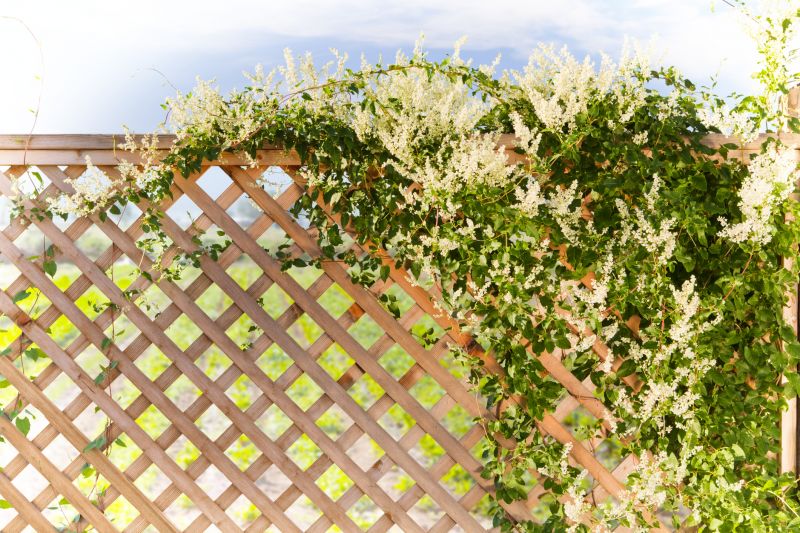
Image of thriving climbing plants supported by trellises.

A frequent mistake in Garden Trellis Installations and how to dodge it.
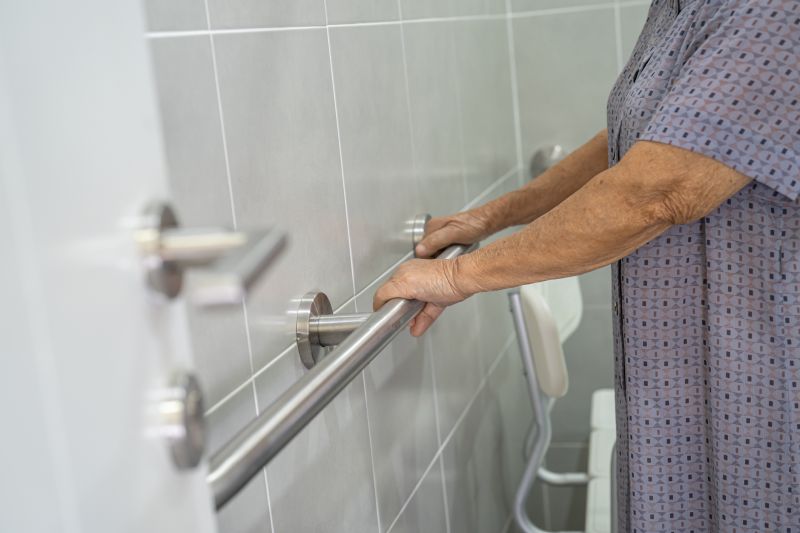
Small tweaks to make Garden Trellis Installations safer and easier to use.

Lower-waste or water-saving choices for Garden Trellis Installations.

The short, realistic tool list for quality Garden Trellis Installations.
Interested in scheduling a garden trellis installation? Filling out the contact form can provide the necessary information to plan for the optimal timing based on local conditions and specific garden needs.
